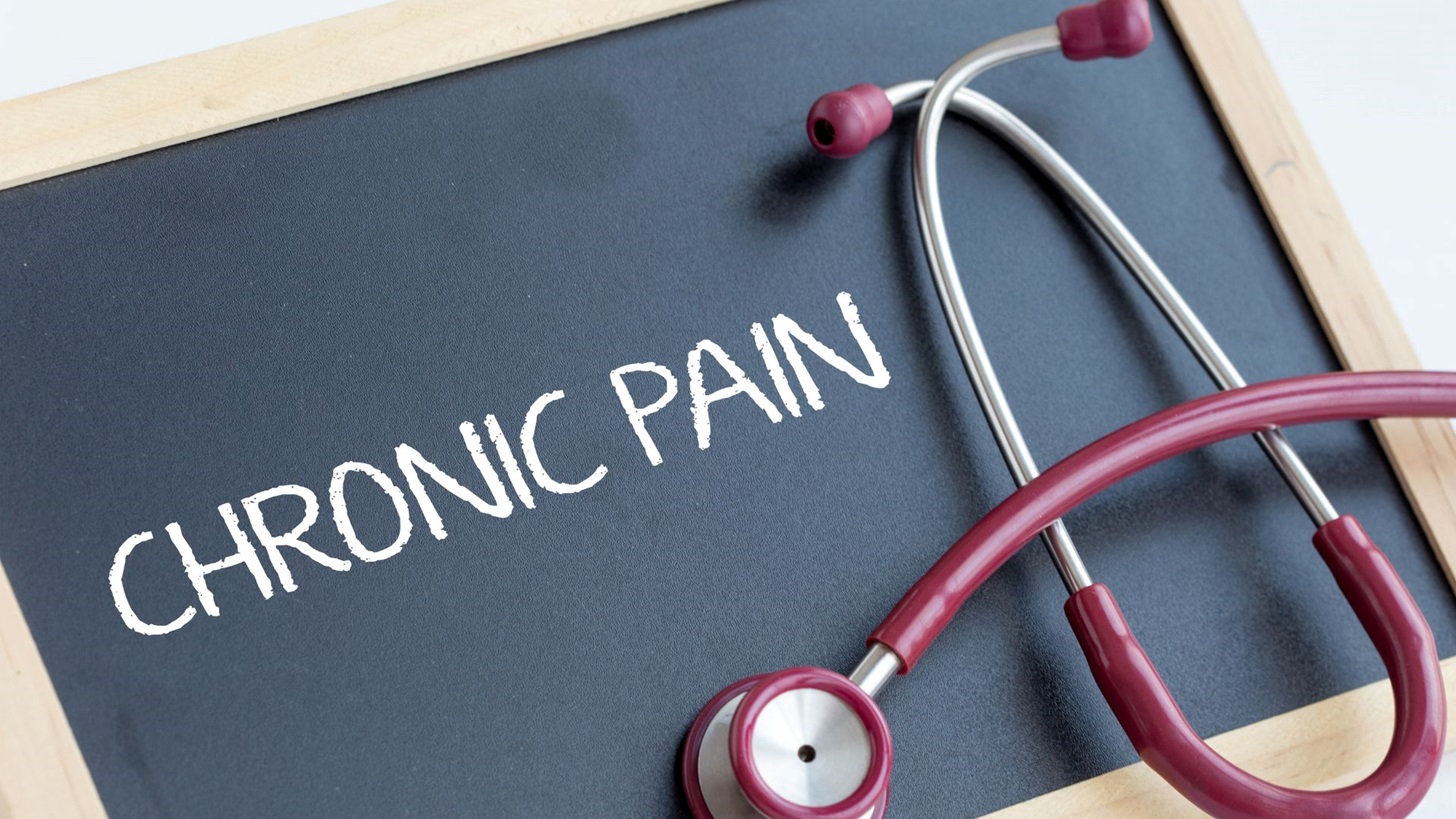
Chronic pain can be a debilitating condition impacting millions of people worldwide. While there are various approaches to managing pain, it’s essential to understand the differences between pain management and pain recovery. This article will explore what these terms mean and how they differ.
What is Pain Management?
Pain management is an approach that focuses on reducing or alleviating chronic pain symptoms through medication, therapy, or other interventions. This approach does not aim to cure the underlying cause of the pain but instead helps manage its effects on a person’s life. The primary goal of pain management is to help individuals manage their pain so that they can continue with their daily activities without disruption.
Types of Pain Management
Different pain management techniques include medication, physical therapy, chiropractic care, acupuncture, nerve blocks, and epidural injections. These treatments are designed to alleviate symptoms by targeting specific areas of the body and reducing inflammation or pressure.
What is Pain Recovery?
Unlike pain management, which focuses on symptom relief only, pain recovery aims to identify and treat the underlying cause of chronic pain. This approach seeks to restore function and improve quality of life by addressing factors such as posture correction, stress reduction, nutrition changes, and exercise regimens.
Types of Pain Recovery
Pain recovery involves a range of treatment options, such as cognitive-behavioral therapy (CBT), biofeedback training, functional restoration programs (FRPs), and spinal cord stimulation (SCS). These treatments emphasize lifestyle changes that help address chronic pain’s physical and psychological aspects.
Key Differences Between Pain Management and Pain Recovery
The primary difference between these two approaches lies in their goals. While both aim at improving quality-of-life outcomes for individuals with chronic pain conditions, one seeks to provide symptom relief, while the other aims for complete healing by addressing root causes.
Another key difference lies in their duration; while some people may only require short-term treatment for symptom relief through medication or interventions like nerve blocks or epidurals, others may require long-term rehabilitation programs focused on restoring normal function through lifestyle modifications.
To Conclude
Understanding the differences between pain management and recovery is essential when seeking treatment for chronic pain conditions. While both methods benefit from improving quality-of-life outcomes, patients need to work closely with healthcare professionals for pain management doctors in Indiana who specialize in these areas to determine which approach will provide optimal results based on individual needs. Thanks for reading.



